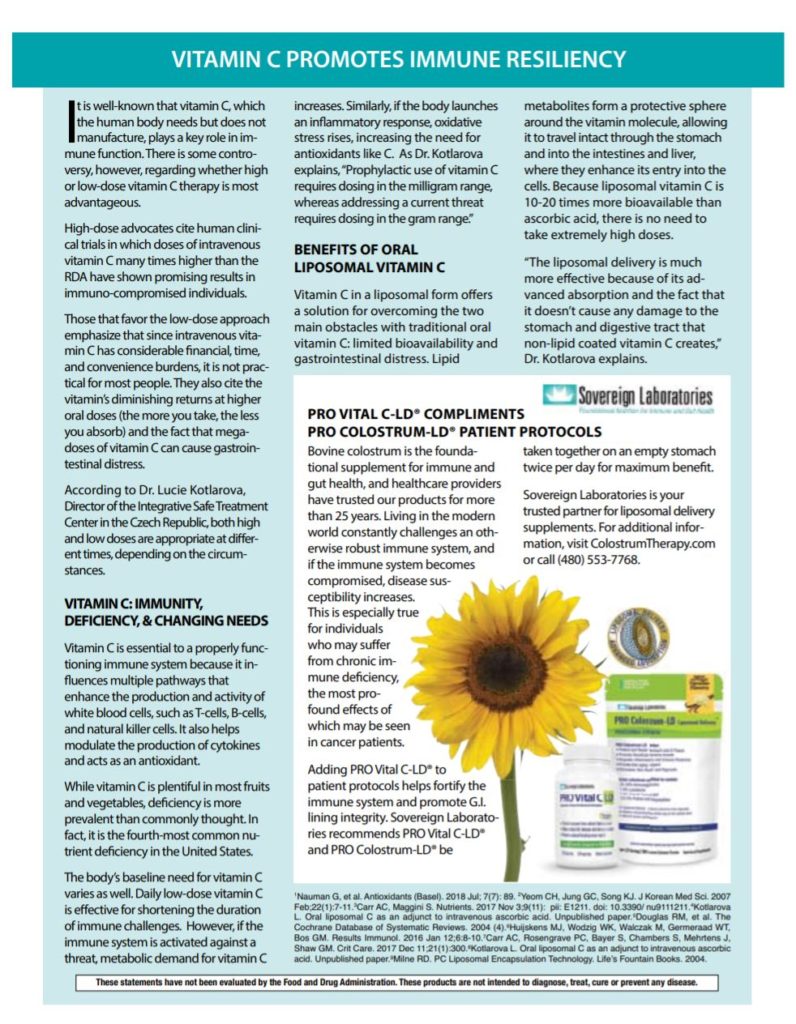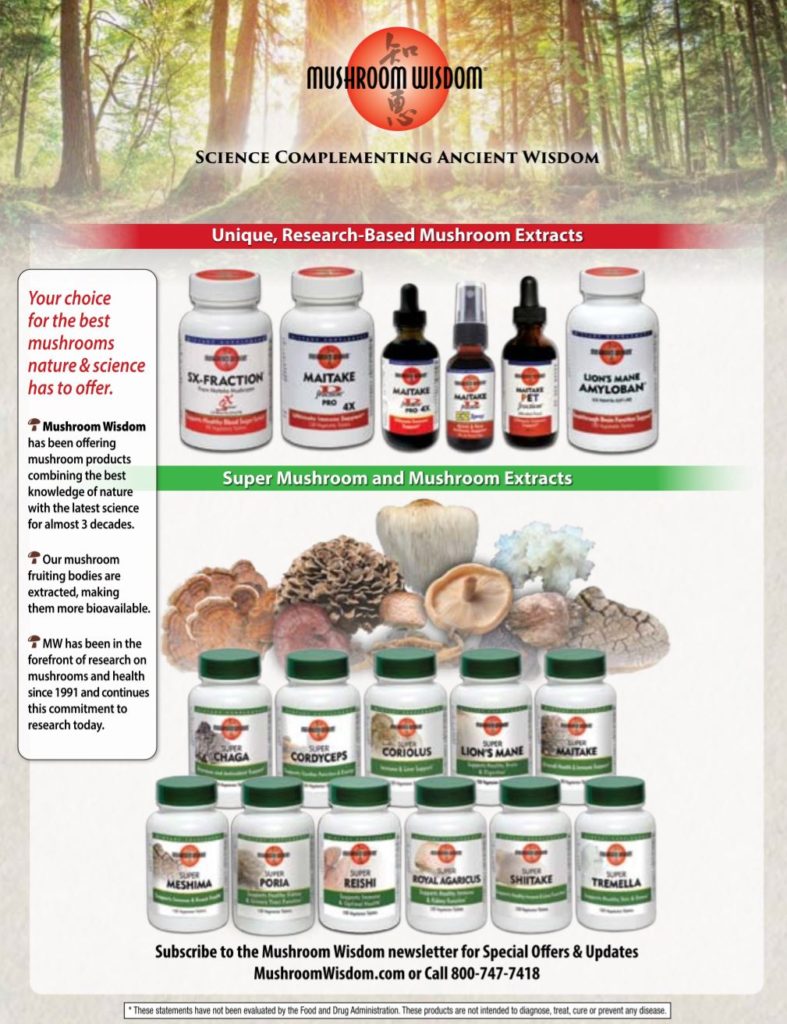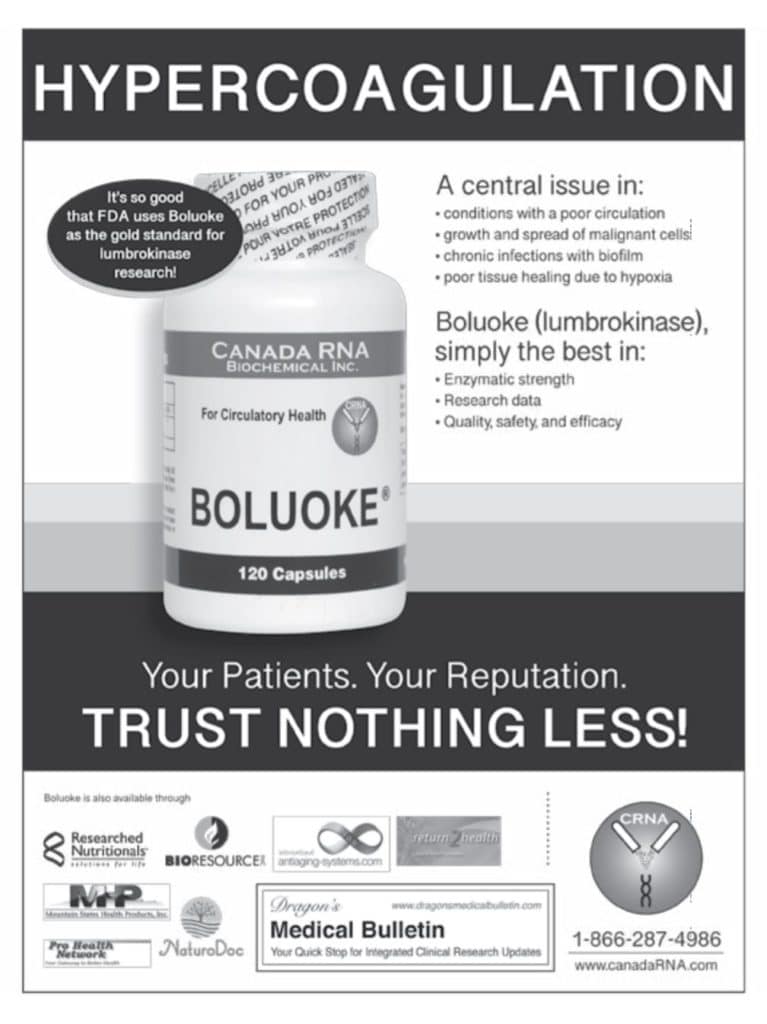Article continues…
Berberine and Gut Bacteria
In collaboration with Dr. Nabil Jabbour, we recently investigated the efficacy of berberine HCl in an FDA-approved clinical trial involving approximately 40 older adults with prediabetes or type 2 diabetes with associated eye diseases. The study participants were randomly assigned to take either berberine HCl (400 mg, every 8 hours) or a placebo for 10 weeks. The berberine HCl was 98% pure and prepared to pharmaceutical grade standards (USA).
We assessed fasting blood glucose level, hemoglobin A1C level (a measure of glucose control over a 3-month period), and other physiological parameters (e.g., blood pressure, height, weight and pulse) at baseline and regularly thereafter for several months. Diseases of the eyes were continuously followed.
The two oxygens both need a methyl group -OCH3 to be clear.
Surprisingly, about 40% of the patients in the berberine HCl treatment group failed to respond well. This lack of effect may relate to individual differences in gut microflora or because these patients were elderly with comorbidities. The berberine HCl molecule carries a quaternary nitrogen in one of its four rings, which gives the molecule a formal charge of +1 (see Figure 1). It is well known that charged molecules do not penetrate membranes well.9
Human (and animal) studies reveal that some, but not all, people have a gut microflora with bacteria that have nitroreductase.10 This enzyme effectively converts the berberine salt into dihydroberberine (DHB) by adding two hydrogen molecules, eliminating the double bond, and neutralizing the positive charge. Since DHB is both lipid soluble and uncharged, it penetrates through cell membranes and is absorbed from the blood much better than berberine compounds. Once absorbed, DHB reverts back into charged berberine via oxidization and is somewhat trapped via the charge. However, since we know that almost all cells have exit pumps, berberine is likely eventually pumped out of the cell by multidrug resistance (MDR) pumps. Some of the DHB is trapped inside and available to generate multiple metabolites, which occurs in the liver and in bacteria in the gut.11
Many DHB metabolites are phenolic compounds and excellent antioxidants that can inhibit O/N stress, the main cause of various types of diabetes. Thus, supplementing with DHB eliminates the need to rely on gut bacteria with nitroreductase to ensure optimal absorption. In addition, lower doses of DHB are needed for efficacy, making it an effective antidiabetic therapy for more people without the side effects associated with berberine HCl.
Interestingly, in our study, we noticed berberine HCl was effective in one patient during only the first six months of treatment. This is likely because the composition of his gut microflora changed and no longer could convert berberine into DHB.
Further, berberine HCl has been shown to be twice as effective in African people than in Chinese people.11 This difference may be attributed to differences in dietary habits as diet is recognized as the most important factor for modulating the composition and diversity of the gut microbiome, including gut bacteria that produce nitroreductase.
Therapeutic Potential of SR Dihydroberberine
Sustained-release DHB has an amazing potential to treat all of the chronic comorbidities even the comorbidities associated with COVID 19 viral infections, including diabetes and hypertension, vascular damage, heart diseases, chronic kidney disease, eye diseases, amputations, and erectile dysfunction, among others. In addition, more than 856 scientific studies regarding the adjunctive use of berberine salts in the treatment of cancers have been published to date. Since DHB does not have to react with bacteria in the intestines to be absorbed, it is a better compound to use. We have studied the effects of sustained-release DHB in an animal model of type 1 diabetes, showing O/N stress is also a major cause of this disease in rats.12
…Article continues on next page…







